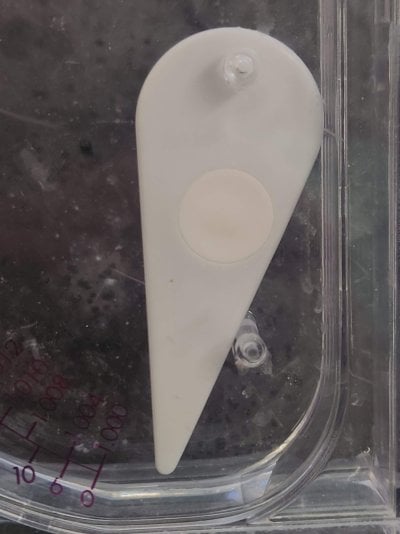Randy Holmes-Farley
Reef Chemist
View Badges
Staff member
Super Moderator
Excellence Award
Expert Contributor
Article Contributor
R2R Research
My Tank Thread
Yeah, definitely a complicated process if you want to account for ALL the variables. Best of luck!
IMO, it’s desirable that someone know the details. How else can one have confidence?






















